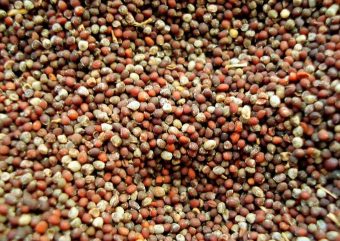
The world’s first biofuel flight between the United States and Australia landed in Melbourne after a 15-hour trip. The Guardian reported the blended fuel was 10 percent derived from brassica carinat, which Qantas describes as a “non-food, industrial type of mustard seed.” They said the use of blended biofuel in the flight would save about 18,000 kilograms, or around 39,683 pounds, of carbon emissions.
A Boeing Dreamliner 787-9 soared between Los Angeles and Melbourne in the trans-Pacific biofuel flight. The trip saw carbon emissions reduced by seven percent compared against Qantas’ usual flight over the route. Per the airline, “Across its lifecycle, using carinata-derived biofuel can reduce carbon emissions by 80 percent compared to traditional jet fuel.”
Brassica carinata works as a fallow crop, meaning it can be cultivated between regular crop cycles, per The Guardian. Qantas said the crop can be sown in fallow areas, and is water efficient.
Steve Fabijanski, CEO of Agrisoma, the agricultural-technology company behind the crop, said in a statement, “Biojet fuel made from carinata delivers both oil for biofuel and protein for animal nutrition while also enhancing the soil it’s grown in.” The crushed seeds can produce a high-protein meal for livestock, poultry, and dairy markets, according to Qantas.
One hectare of the seed yields 2,000 liters, around 528 gallons, of oil, according to Qantas. That can produce 400 liters, or around 106 gallons, of biofuel, and 1,400 liters, around 370 gallons, of what the airline described as renewable diesel.
University of Sydney agriculture expert Daniel Tan told The Guardian farmers can use mustard seeds as a source of sustainable fuel, saying, “Almost within a day after harvesting, they can press the oil out in their own shed and use it straight into their tractors.” Field trials have shown the crop should do well in Australia’s climate.
Source: inhabitat.com





